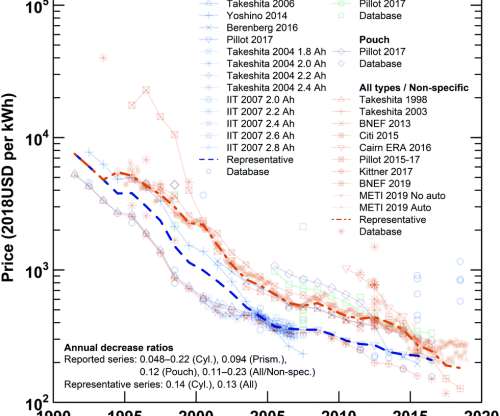Exoès and Saft partner to improve Li-ion battery thermal management
Green Car Congress
MAY 22, 2018
The temperature of a Li-ion battery has a major influence on its performance and its lifespan. The company, founded in 2009, has developed the Organic Rankine Cycle (ORC)-based EVE (Energy Via Exhaust), an exhaust waste heat recovery technology which reduces heavy-duty engine fuel consumption and emissions.






































Let's personalize your content